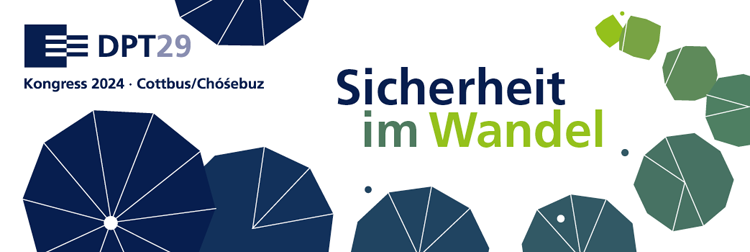Sustaining and Mainstreaming Pre-crime Prevention: Glasgow, Bogotá and Alberta
Prof. Dr. Irvin Waller
University of Ottawa
Every year people are murdered, women are raped, kids are abused, and citizens and householders are traumatized by crimes that could have been averted if governments had re-invested in what is proven to prevent crime and violence.
We know the numbers of crime victims and the economic costs of harm to them. Scientific public health bodies, such as the World Health Organization, have proven those preventive strategies which achieve large reductions in harm to victims. They have shown the positive return on investment from many prevention programs.
Yet elected politicians continue to over spend on the ¨only¨ reactive response. They point to emotional and exceptional examples to justify increases in this approach. They claim that incarceration deters violent and property offenders when it does not. But their populism does not coincide with popular understanding about crime. Most citizens – and now many leading police executives - know that you cannot ¨only¨ arrest your way out of violence but you must tackle well known risk factors.
Some believe correctly that crime can be reduced through general policies, such as child care, schooling, employment and so on. But the best return on investment comes from risk focused prevention when social programs are targeted to reach the youth, families and neighborhoods. Bogotá, Glasgow and Alberta provide examples of the new effective and balanced approach.
It is time to help legislators to reinvest in stopping crime, because it is a right of (potential) victims and taxpayers. This requires leadership, diagnosis, braiding, resources and a balanced approach. They must shift resources and the debate from over-reliance on reaction to making smart investments in pre-crime prevention. We must use social media to encourage this.
We know the numbers of crime victims and the economic costs of harm to them. Scientific public health bodies, such as the World Health Organization, have proven those preventive strategies which achieve large reductions in harm to victims. They have shown the positive return on investment from many prevention programs.
Yet elected politicians continue to over spend on the ¨only¨ reactive response. They point to emotional and exceptional examples to justify increases in this approach. They claim that incarceration deters violent and property offenders when it does not. But their populism does not coincide with popular understanding about crime. Most citizens – and now many leading police executives - know that you cannot ¨only¨ arrest your way out of violence but you must tackle well known risk factors.
Some believe correctly that crime can be reduced through general policies, such as child care, schooling, employment and so on. But the best return on investment comes from risk focused prevention when social programs are targeted to reach the youth, families and neighborhoods. Bogotá, Glasgow and Alberta provide examples of the new effective and balanced approach.
It is time to help legislators to reinvest in stopping crime, because it is a right of (potential) victims and taxpayers. This requires leadership, diagnosis, braiding, resources and a balanced approach. They must shift resources and the debate from over-reliance on reaction to making smart investments in pre-crime prevention. We must use social media to encourage this.
| Film ansehen (YouTube) (English, YouTube-Video) |

